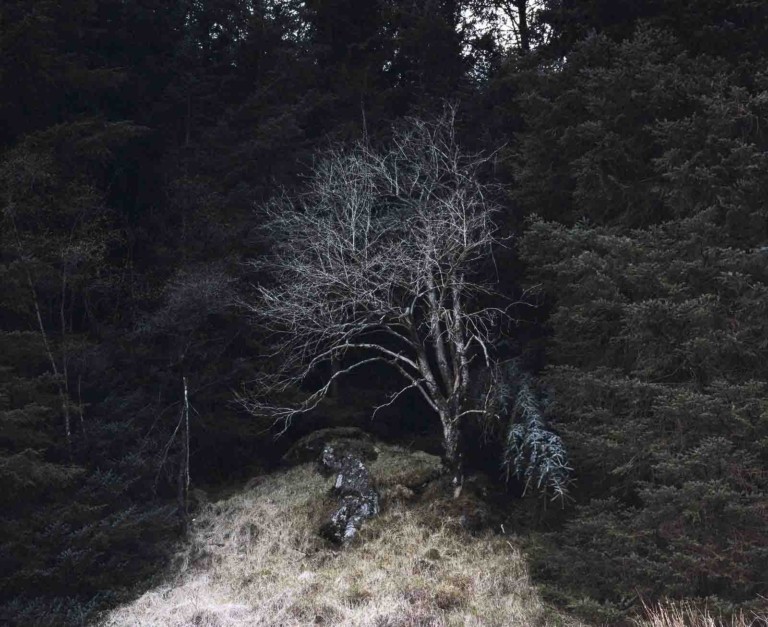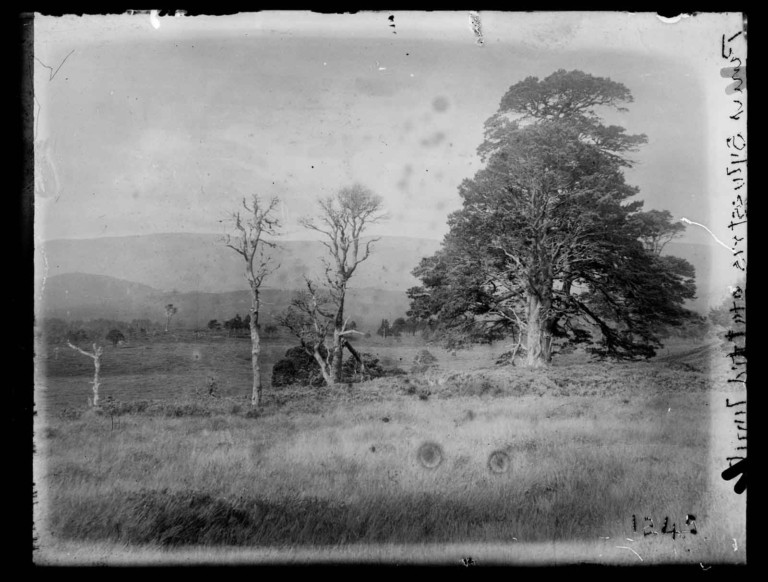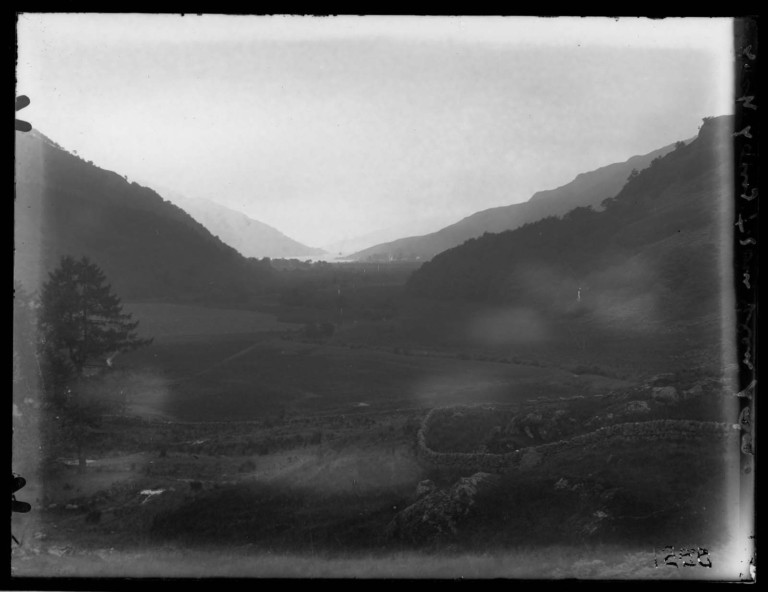Chrystel Lebas
Regarding Nature
10 Dec 2016 - 05 Mar 2017
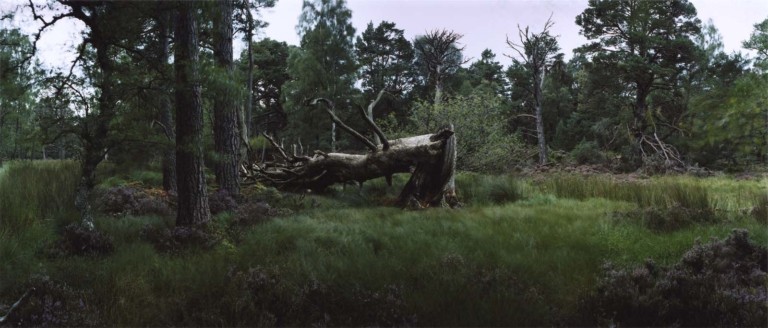
Re-visiting - Pinus silvestris [illeg.] – Plate n°1245 Aviemore, Rothiemurchus, August 2012 57°8.691’N 3°50.304’ W © Chrystel Lebas
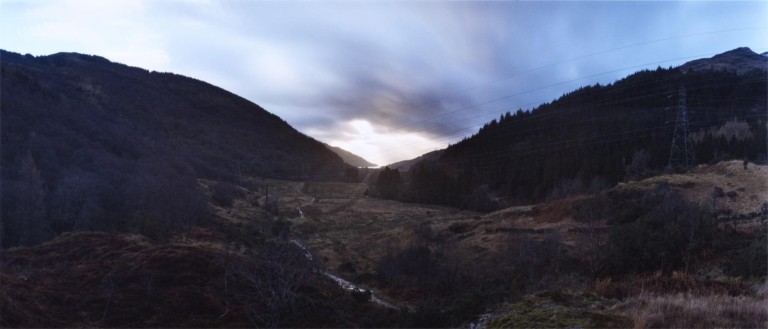
Re-visiting - Loch Long from Glen Loin – Plate n°1255 Arrochar, December 2013 56°13.544’ N 4°43.720’ W © Chrystel Lebas
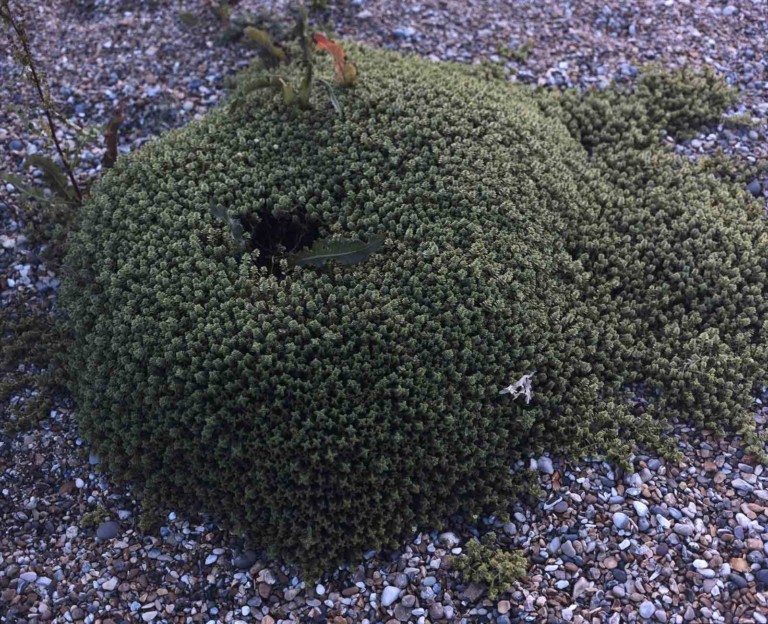
Re-visiting - Honckenya peploides Blakeney 3/5/14 – Plate n°305 Blakeney, June 2014 52°58.101’N 1°2.062’E © Chrystel Lebas
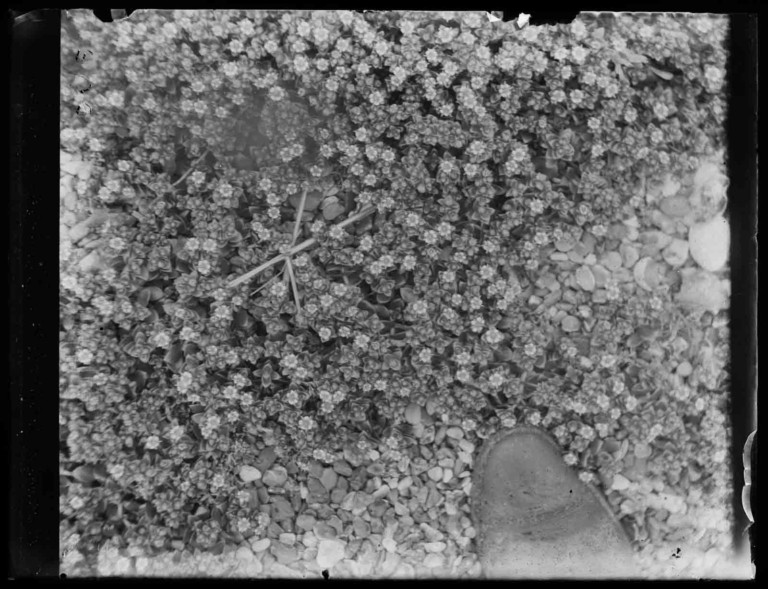
Edward James Salisbury. From box 290-307 - Blakeney Plant Portraits/ Photos Honckenya peploides Blakeney 3/5/14 - Plate n°305
CHRYSTEL LEBAS
Regarding Nature
10 December 2016 - 5 March 2017
With the exhibition Regarding Nature, this will be the first time that the unique, monumental landscape photographs of French landscape photographer Chrystel Lebas are shown in the Netherlands. Lebas garnered international acclaim through her panoramic photographs, created at twilight. This project shows her most recent – and what is perhaps her most ambitious – project to date. In 2011 the Natural History Museum in London asked Chrystel Lebas to create new works based on an intriguing collection of anonymous glass negatives of the British landscape at the beginning of the twentieth century. The project, which was completed this year, did not only produce a number of new works, but also the name of the photographer: the glass plates had apparently been made by the famous British botanist and ecologist Edward James Salisbury (1886–1978). In the exhibition, Lebas’ photographs and films are combined with original glass plates, unique herbarium pages and personal documents from the collections of the Natural History Museum and the Royal Botanical Gardens in Kew, of which Salisbury had been the director. The combination provides a complex image of an apparently unspoilt landscape that is strongly impacted by ecological change.
Different layers of meaning
Chrystel Lebas (Salon de Provence, 1966) obtained an MA in Photography at the Royal College of Art in London in 1997. Her series Between Dog and Wolf (2004–2005), Blue Hour (2005–2006) and Études, Bel-Val (2008–2009) were greeted with tremendous acclaim and were exhibited last year at such venues as the Victoria and Albert Museum and The Photographers’ Gallery in London and the Musée de la Chasse et de la Nature in Paris. Chrystel Lebas grew up in the remote forests of Southern France. Her youth spent mainly outdoors and surrounded by the scent of pine trees, the power of the mistral winds and the memory of slowly invading dusk are determining factors of her métier as an artist. Since establishing herself in London 20 years ago she has frequently returned to nature, hiking through Europe’s remotest nature reserves to explore the landscape and the way in which it is captured in images. In this process, Lebas looks beyond the pictorial qualities of seemingly unspoilt nature; she aims above all to expose the impact of the complex meeting between man and animal on the landscape. This is why she chooses places where nature manifests itself in a highly specific manner through a convergence of circumstances – the presence of human beings, ecological processes, climate change. She records the various layers of meaning over a longer period of time, by returning to these places during different seasons. Twilight, when nature undergoes a very slow transformation in terms of colours and atmosphere, is her absolute favourite moment of the day, which she captures through long exposures in her panoramic camera.
Wandering dunes
This winter, Chrystel Lebas invites you to join her at Huis Marseille on one of her most spectacular and recent hiking tours: in the footsteps of Edward James Salisbury, Lebas spent the past four years travelling through Scotland and Norfolk, with a short stay in Devon. At the beginning of the 20th century, Salisbury travelled through Great Britain armed with a notebook, a vasculum and a camera, recording the landscape and its flora with utmost precision on fragile glass plates that, until recently, led a hidden and anonymous existence in the Natural History Museum. On these photographs, as well as those made by Chrystel Lebas 90 years later, the infinite pine forests and ‘wandering dunes’ of Scotland and Norfolk appear rugged and empty: precisely as they would be imagined by the unknowing, romantic soul. In reality, these places are nature reserves strictly protected by public and private nature and environmental organisations. Scouring the landscape, guided by her GPS, Lebas has tried to locate the exact spots where Salisbury stood when he made his photographs. To her, the literal comparison of the landscape as it was then and is as it is today was not as important as the opportunity to re-examine her own role and vision as an artist in light of Salisbury’s role as a scientist.
Ameland
Chrystel Lebas has also created a series of photographs on Ameland especially for this exhibition, which, like the dune and coastal landscapes she photographed in Scotland (Arrochar and Culbin Sands) and Norfolk (Blakeney Point), have been undergoing – or are threatened with – continuous transformation for centuries with regard to shape, location and vegetation through natural, climatological and human intervention.
Publication
The exhibition will be accompanied by a book designed by Hans Gremmen and published by Fw:Books, with texts by Bergit Arends, Nanda van den Berg, Mark Spencer and Liz Wells.
Regarding Nature
10 December 2016 - 5 March 2017
With the exhibition Regarding Nature, this will be the first time that the unique, monumental landscape photographs of French landscape photographer Chrystel Lebas are shown in the Netherlands. Lebas garnered international acclaim through her panoramic photographs, created at twilight. This project shows her most recent – and what is perhaps her most ambitious – project to date. In 2011 the Natural History Museum in London asked Chrystel Lebas to create new works based on an intriguing collection of anonymous glass negatives of the British landscape at the beginning of the twentieth century. The project, which was completed this year, did not only produce a number of new works, but also the name of the photographer: the glass plates had apparently been made by the famous British botanist and ecologist Edward James Salisbury (1886–1978). In the exhibition, Lebas’ photographs and films are combined with original glass plates, unique herbarium pages and personal documents from the collections of the Natural History Museum and the Royal Botanical Gardens in Kew, of which Salisbury had been the director. The combination provides a complex image of an apparently unspoilt landscape that is strongly impacted by ecological change.
Different layers of meaning
Chrystel Lebas (Salon de Provence, 1966) obtained an MA in Photography at the Royal College of Art in London in 1997. Her series Between Dog and Wolf (2004–2005), Blue Hour (2005–2006) and Études, Bel-Val (2008–2009) were greeted with tremendous acclaim and were exhibited last year at such venues as the Victoria and Albert Museum and The Photographers’ Gallery in London and the Musée de la Chasse et de la Nature in Paris. Chrystel Lebas grew up in the remote forests of Southern France. Her youth spent mainly outdoors and surrounded by the scent of pine trees, the power of the mistral winds and the memory of slowly invading dusk are determining factors of her métier as an artist. Since establishing herself in London 20 years ago she has frequently returned to nature, hiking through Europe’s remotest nature reserves to explore the landscape and the way in which it is captured in images. In this process, Lebas looks beyond the pictorial qualities of seemingly unspoilt nature; she aims above all to expose the impact of the complex meeting between man and animal on the landscape. This is why she chooses places where nature manifests itself in a highly specific manner through a convergence of circumstances – the presence of human beings, ecological processes, climate change. She records the various layers of meaning over a longer period of time, by returning to these places during different seasons. Twilight, when nature undergoes a very slow transformation in terms of colours and atmosphere, is her absolute favourite moment of the day, which she captures through long exposures in her panoramic camera.
Wandering dunes
This winter, Chrystel Lebas invites you to join her at Huis Marseille on one of her most spectacular and recent hiking tours: in the footsteps of Edward James Salisbury, Lebas spent the past four years travelling through Scotland and Norfolk, with a short stay in Devon. At the beginning of the 20th century, Salisbury travelled through Great Britain armed with a notebook, a vasculum and a camera, recording the landscape and its flora with utmost precision on fragile glass plates that, until recently, led a hidden and anonymous existence in the Natural History Museum. On these photographs, as well as those made by Chrystel Lebas 90 years later, the infinite pine forests and ‘wandering dunes’ of Scotland and Norfolk appear rugged and empty: precisely as they would be imagined by the unknowing, romantic soul. In reality, these places are nature reserves strictly protected by public and private nature and environmental organisations. Scouring the landscape, guided by her GPS, Lebas has tried to locate the exact spots where Salisbury stood when he made his photographs. To her, the literal comparison of the landscape as it was then and is as it is today was not as important as the opportunity to re-examine her own role and vision as an artist in light of Salisbury’s role as a scientist.
Ameland
Chrystel Lebas has also created a series of photographs on Ameland especially for this exhibition, which, like the dune and coastal landscapes she photographed in Scotland (Arrochar and Culbin Sands) and Norfolk (Blakeney Point), have been undergoing – or are threatened with – continuous transformation for centuries with regard to shape, location and vegetation through natural, climatological and human intervention.
Publication
The exhibition will be accompanied by a book designed by Hans Gremmen and published by Fw:Books, with texts by Bergit Arends, Nanda van den Berg, Mark Spencer and Liz Wells.

